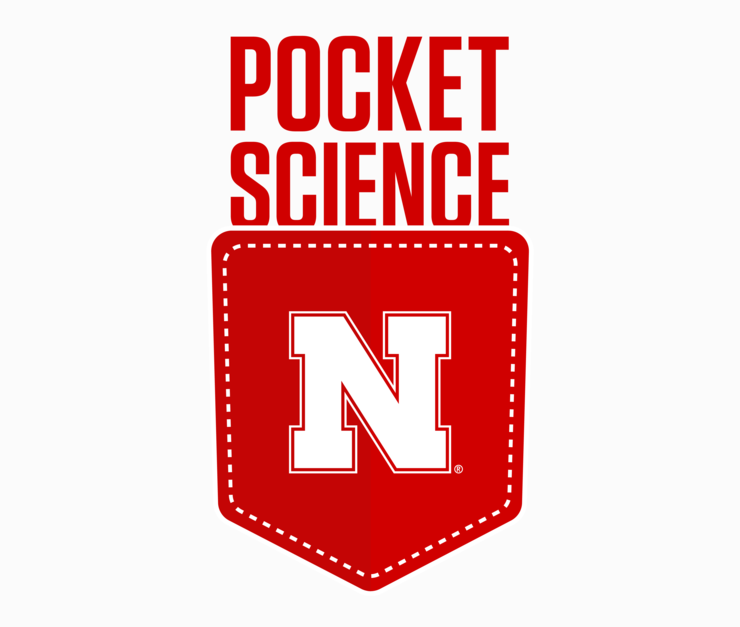Special Education and Communication Disorders
Scott Schrage, March 9, 2022
Survey outlines outcomes of young adults with Down syndrome
POCKET SCIENCE: EXPLORING THE ‘WHAT,’ ‘SO WHAT’ AND ‘NOW WHAT’ OF HUSKER RESEARCH
Welcome to Pocket Science: a glimpse at recent research from Husker scientists and engineers. For those who want to quickly learn the “What,” “So what” and “Now what” of Husker research.

What?
Graduating from high school marks the start of a major life transition for virtually all young people who do so. That includes those with Down syndrome, which affects roughly 1 in 635 people born in the United States.
But little research has examined the employment status, living arrangements and community engagement of those with Down syndrome in the first five years after high school, a period that also signals a shift from education-based supports to eligibility-based services. Navigating those challenges in young adulthood can prove especially important for those with Down syndrome, who often experience earlier declines in cognition and other functioning.
So what?
Seeking to fill that knowledge gap, Nebraska’s Susan Loveall, Derek Rodgers and colleagues conducted an online survey completed by 100 U.S. caregivers of young adults with Down syndrome.

Loveall
The survey revealed that 93% of the young adults with Down syndrome remained at home with caregivers — a marked departure from a 2012 study that found 43% of all adults with Down syndrome, aged 18 to 82, living at home. That disparity could indicate a need to consider earlier move-outs, the researchers said, given that the death of a parent or other crisis can leave people with Down syndrome vulnerable to unsuitable housing.
Also according to the survey:
- 63% of young adults with Down syndrome needed only moderate help with daily living activities, while 29% required minimal assistance.
- 52% were employed at least part-time; 84% were working, volunteering or continuing their education.
- On average, young adults with Down syndrome engaged in communal activities — eating out, visiting friends, shopping — almost once a week.
- Higher levels of daily living skills corresponded with more employment and community engagement.
Now what?
The researchers called on future studies to investigate the goals, satisfaction levels, supports and long-term trajectories of young adults with Down syndrome.





